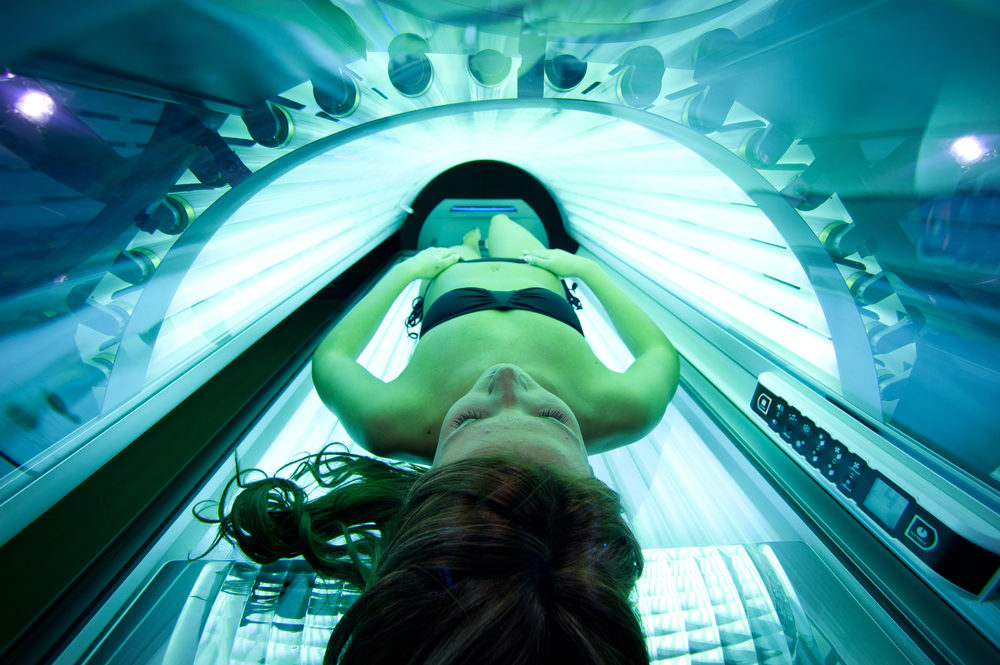Genetics and Psychiatric Factors May Make Indoor Tanning Addictive: Study

A new study’s findings suggest that a genetic component may increase the risk of tanning addiction, resulting in an increased risk of skin cancer from use of indoor tanning facilities.
In a report published this month in the Annals of Behavioral Medicine, researchers at Georgetown Lombardi Comprehensive Cancer Center describe new evidence that links altered DNA to tanning addiction, as well as certain depressive genetic factors that play a role in increasing the risk.
Researchers took saliva samples from 292 young white women with no Hispanic heritage. The women were ages 18 to 30 years old, and self-reported indoor tanning in a tanning bed, with tanning lamps, or other indoor tanning methods over the year before the study.

Did You Know?
Change Healthcare Data Breach Impacts Millions of Customers
A massive Change Healthcare data breach exposed the names, social security numbers, medical and personal information of potentially 100 million Americans, which have now been released on the dark web. Lawsuits are being pursued to obtain financial compensation.
Learn MorePrior research has shown young white women ignore the risks of skin cancer from indoor tanning more so than other demographics. Tanning bed use before the age of 35 increases a person’s risk of melanoma, the deadliest form of skin cancer, by 60% to 75%.
In the new study, self-reporting included indoor tanning frequency, appearance orientation, depressive symptoms, and two screening questions of tanning addiction.
Saliva samples were analyzed for DNA and 34 single nucleotide polymorphisms (SNPs) in participant genes in addiction reward pathways were analyzed further.
After adjusting for other factors, researchers found variant genotypes in two dopamine receptor gene SNPs associated with increased risk of indoor tanning addiction. The modifications were in a gene responsible for dopamine activity, which is important to the pleasure and reward system in the brain.
Alone, the genetic factor in one SNP doubled a person’s risk of tanning addiction. In another SNP, the risk was slightly less than two-fold.
Additionally, the SNP genotypes interacted with depressive symptoms to increase the risk of indoor tanning addiction. With depressive symptoms factored in, one SNP increased the risk by 10-fold, another SNP increased the risk by a factor of 13.
Excess exposure to ultraviolet (UV) radiation can lead to melanoma and non-melanoma skin cancer. Most UV exposure is from the sun, but many people are exposed through indoor tanning, which accounts for 10% of skin cancer cases in the U.S. One in every 20 cases of melanoma is caused by tanning bed use.
The risk of developing melanoma is six times higher for women under 30. Researchers estimate there will be 96,500 new cases of melanoma in the U.S. in 2019. More than 7,000 people will die as a result.
Despite the known risks associated with indoor tanning, many doctors fail to discuss skin cancer with patients. Leading experts warn increased clinical counseling is needed among young people and teens to help reduce the number of new skin cancer diagnoses.
Prior studies have shown indoor tanning can be addictive to some young people in the same way as other substances. However, this is preliminary evidence that there is also a genetic factor to tanning addiction. Women with the variant genotypes and elevated depression face a higher risk, according to the findings.
Researchers indicate the preliminary results of the new study support a reward based model of indoor tanning addiction and more research is needed to fully develop the genetic link.





0 Comments